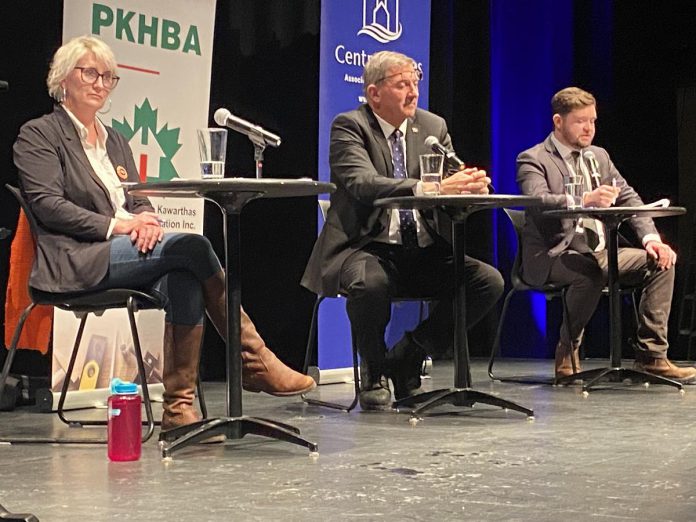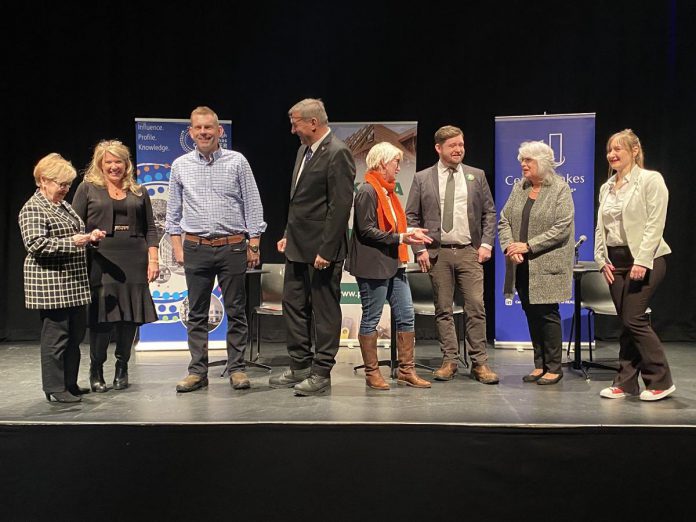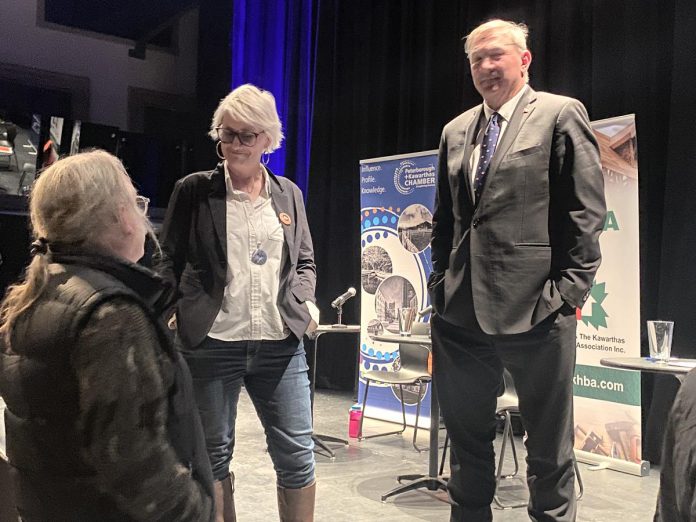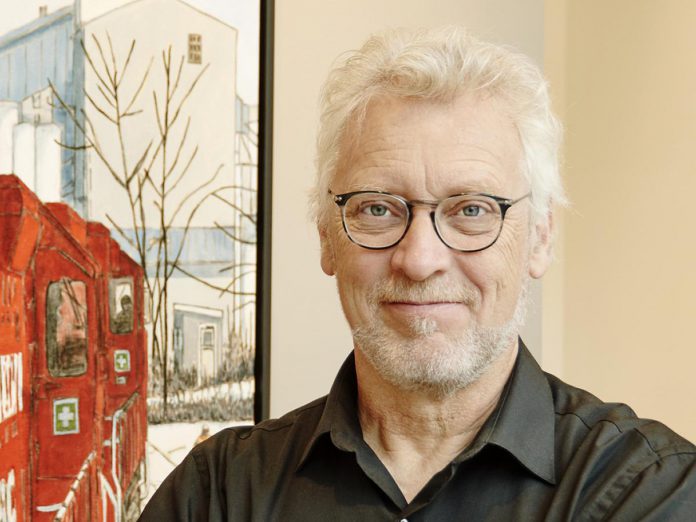The Kawartha World Issues Centre (KWIC) and the Kawartha Sexual Assault Centre (KSAC) are partnering once again to host an accessible and free International Women’s Day event in Nogojiwanong/Peterborough.
As in years past, the organizations are organizing two inclusive events on Saturday, March 8, beginning with a rally and march in downtown Peterborough at 11:30 a.m. followed by a community event at the Peterborough Public Library from 12:30 to 4:30 p.m. that will feature speakers, panellists, activities, learning opportunities, and lots of connection.
“As organizations that work within gender equity, we want to bring that action to the forefront and get people thinking about and participating in creating change within the community and beyond,” says Sarah Forrest, KWIC program and outreach coordinator.
While the genesis of International Women’s Day dates back to at least the early 1900s, the United Nations first began commemorating it in 1975 with the UN General Assembly officially formalizing the day in 1977. Celebrated around the world, the day is intended to honour the social, economic, cultural, and political achievements of women while also advocating for gender equality.
That goal is even more prominent with this year’s International Women’s Day theme of “Accelerate Action,” which emphasizes the need to take swift and decisive steps to achieve gender equality by addressing the systemic barriers and biases that women face, both in personal and professional spheres. According to data from the World Economic Forum, at the current rate of progress, it will take until 2158 — 133 years from now — to achieve full gender parity.
Jocelyn Enright, prevention education and community engagement coordinator at the Kawartha Sexual Assault Centre, says the local event will be both a celebration and a call to action.
“We want to celebrate a lot of local folks who are doing a lot of great work supporting women and supporting gender equality, while also recognizing that there’s so much work to be done,” Enright explains. “It’s about having a mission around what we’re going to do to change that.”

Enright adds that she was excited about the theme given that accelerating action has always been the goal of their annual International Women’s Day events.
“With this event, we’re not just bringing people together to hang out for a bit and then saying ‘see you next year’. We’re trying to give people tools and things that they can do to make changes,” she says, noting the community event will include new voices, art projects, petitions, and other resources that will spread knowledge.
“We’re trying to provide participants with actual actions that they can take, because we’re past the point of just talking about the fact that there’s still so many issues to equality. We want to get to the point where people have the tools so that they can actually work towards making change.”
The day will begin at 11:30 a.m. at Peterborough City Hall at 500 George Street North with an International Women’s Day declaration to be read by Mayor Jeff Leal. Other special guests who will be performing include Peterborough’s most recent poet laureate Ziysah von Bieberstein, the Raging Grannies, Janet McCue, and Mshkiki Gitigaan Kwe (Kate Brennan), among others.
Participants are encouraged to come with homemade signs and their voices ready to chant.
“It will be just so exciting to see so many people outside City Hall,” Enright says. “It’s a great way for people to feel together, especially for folks that maybe don’t feel like they have a chance to voice their concerns.”

Participants will then march to the Peterborough Public Library at 345 Aylmer Street North, where a community event will take place in The Friends of the Library Community Room. Starting at 1:30 p.m., the afternoon will kick off with music from singer-songwriter Missy Knott and an opening prayer from Elder Alice Olsen Williams, both from Curve Lake First Nation.
The event will also include a kids’ corner with activities, as well as refreshments, and displays from local organizations. Musician Jill Staveley will moderate a panel with participation from local experts of varying backgrounds and perspectives, including Laura Bodin, Tashvi Menghi, and Fabiola Contreras Carrasco.
The afternoon will wrap up at 4:30 p.m. with a closing poem by Sarah Lewis, a spoken word artist from Curve Lake First Nation who was Peterborough’s inaugural poet laureate.
Enright says the International Women’s Day celebration is an inclusive event, welcoming everyone who is interested in taking action to move towards gender equality.
“We’re connecting with people who are women-identifying or non-binary,” she says. “There are a lot of people in the community who do this work, but we’re really trying to get to people who don’t always get the opportunity to talk on a larger scale.”
“We’ve also been really trying to get more youth involvement, because it’s super important to bring in this new generation of folks who are going to be continuing to do this work.”

Last year’s International Women’s Day rally and march saw more than 150 people participating, and both Forrest and Enright agree the number continues to grow each year.
“I hope people leave feeling like they’ve gotten to know members of the community better,” says Enright. “I really hope people leave with some ideas on how they can start making even small changes or actions in their own life and how we can accelerate action towards gender equality.”
For more information and updates about this year’s International Women’s Day celebration, visit kwic.info/international-womens-day-2025. As limited space is available at the Peterborough Public Library for the community event, advance registration is encouraged at ptbolibrary-ca.libcal.com/event/3875350.
kawarthaNOW is proud to be a media sponsor of the Kawartha World Issues Centre and Kawartha Sexual Assault Centre International Women’s Day celebration.














































